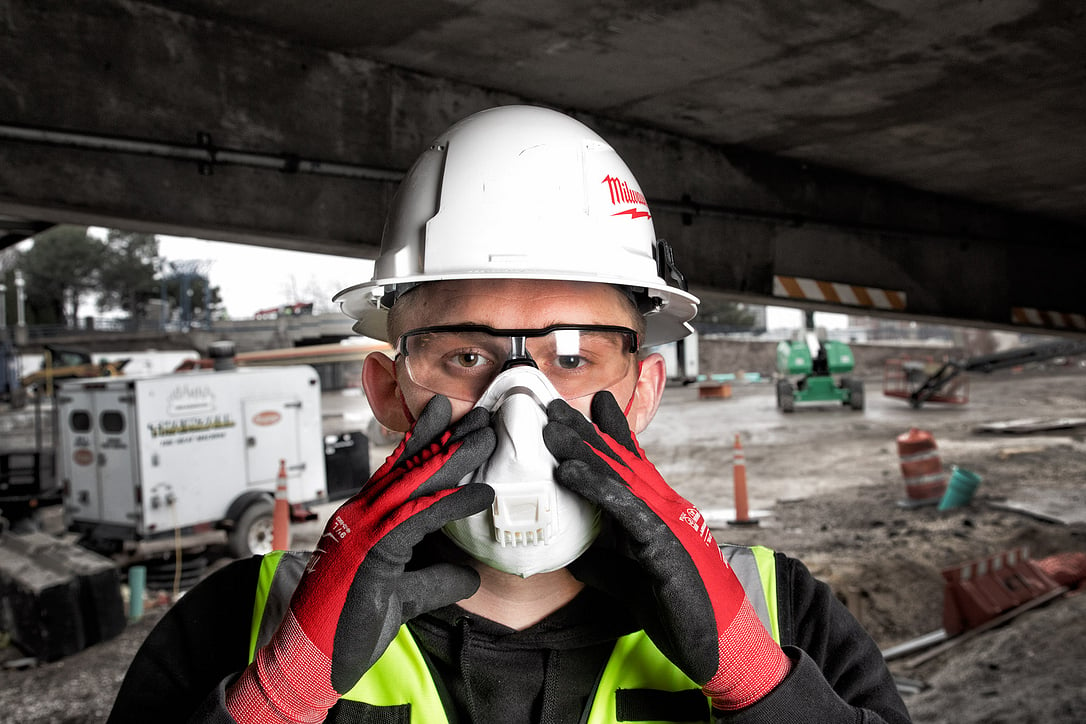
Editorial Note: This article was brought to you courtesy of Rose Morrison, managing editor of Renovated.com.
The construction industry is one of the biggest sectors in the world. In the United States alone, it employs more than 7 million people as of 2021, despite the challenges the industry faced throughout the pandemic. The nature of construction means that, in addition to being one of the largest industries in the world, it is also one of the most dangerous. Fatal injury rates are climbing since 2020, though on-the-job fatalities have started to fall.
What are some of the most common health issues that construction workers face, and how can we prevent them?
1. Inhalation Hazards
The construction industry relies on a variety of different materials to get the job done. While most of the obviously hazardous materials like asbestos can only be found in older structures, and encountered during renovation or demolition, there are still some inhalation risks that current companies need to be aware of.
Anyone who works with drilling stone or cement is at risk of inhaling crystalline silica dust which, over time, can cause a chronic condition known as silicosis. Many of the chemicals used in construction can emit volatile organic compounds (VOCs) that can cause a number of different respiratory ailments. Even working in enclosed spaces with generators or other tools that emit CO2 or CO as part of their exhaust can create an inhalation hazard.
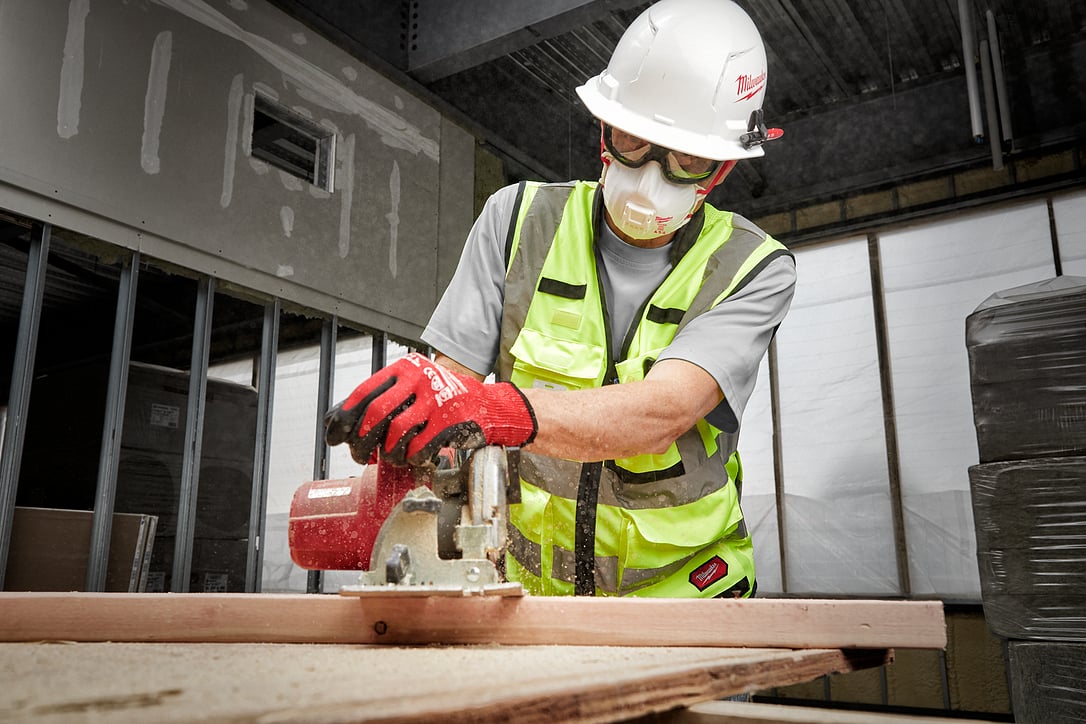
Preventing these hazards is often two-fold and will depend on the exact type of inhalation risk you’re working to prevent. For things like silica dust, providing proper personal protective equipment (PPE) is essential. This needs to be properly fitted to each person, inspected regularly, and repaired or discarded if problems arise. For other risks, such as VOCs or CO2, pairing proper PPE with adequate ventilation can help prevent respiratory damage.
2. Falls From a Height
Working in construction, especially when skyscrapers are so popular, means working at significant heights is often unavoidable. Unfortunately, falls are also among the most common causes of construction-related fatalities in the industry. It’s been dubbed one of OSHA’s “Fatal Four” – alongside struck-by incidents, electrocutions, and caught-in/between incidents – which make up the majority of construction-related deaths.
OSHA requirements for fall protection vary from industry to industry. For general industry workplaces, anyone working above 4 feet off the ground needs fall protection equipment. For shipyards, it’s 5 feet. In construction, the cutoff is 6 feet, and in longshoring operations, the cutoff climbs to 8 feet.
It isn’t always possible to prevent falls, but you can ensure everyone on-site is using the appropriate fall-arrest equipment when they are above the OSHA-recommended height threshold. While at height, using common sense and adhering to safety protocols can also help prevent falls that could result in injury.
In addition to the falls themselves, hazards from falling objects pose a risk to workers; tool lanyards can slow a tool if a drop occurs and reduce the risk associated with dropped tools, while innovations in safety helmets can protect against side and rear impacts.
3. Electricity
Electrocution is also counted among the Fatal Four. Anytime a construction crew is installing new wiring, repairing existing electrical infrastructure, or working around powerlines, there is the risk of electrocution if proper precautions aren’t taken. This also includes the risk of electrocution when working on heavy equipment if proper lockout/tagout procedures are not followed.
Training, especially where electrical equipment or infrastructure is concerned, is essential when it comes to preventing this sort of hazard on construction sites. Ensure everyone who will be working with electricity is highly trained, and carefully adheres to safety protocols to prevent them from becoming safety issues.
Additionally, advances in smart tool technology have allowed for innovative breakthroughs like the M18™ FORCE LOGIC™ 3" Underground Cable Cutter, which allows for remote control cuts from afar and makes this process safer for the user.
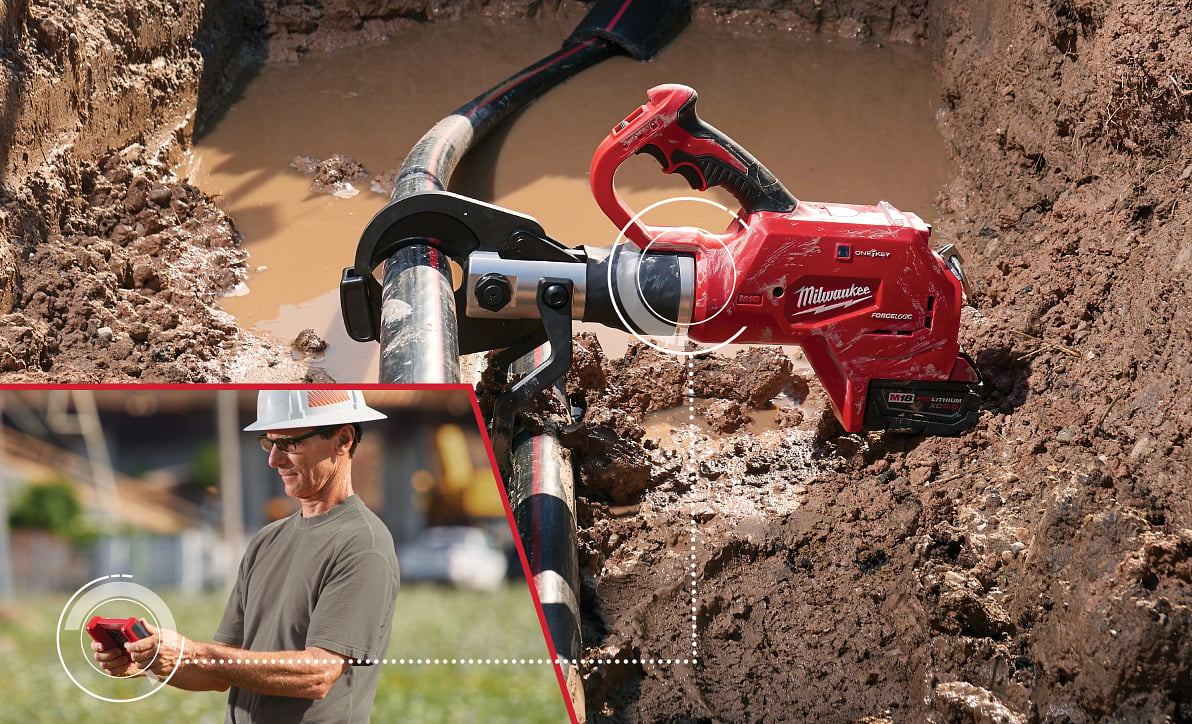
4. Mental Illness
One health issue that is often overlooked in the construction industry is mental illness. The majority of construction professionals are older men, often raised in a generation that maligned any demonstration of emotion. You didn’t go to therapy; you just buckled down and worked through it. But in the modern world, this “pull yourself up by the bootstraps” mentality doesn’t work for mental health and is actively killing people.
Studies show that upwards of 83% of construction workers reported experiencing a mental health issue in 2020, and experts worry that this could increase the risk of suicide among construction workers.
There is no easy way to prevent mental illness from creating health risks in the construction industry. The first step is to do whatever is necessary to shed the negative stigma surrounding mental health. People should be aware of the common symptoms of mental health conditions like depression and anxiety and know how to spot them in themselves and others. Above all, company owners should strive to create an environment where someone — regardless of their gender — can reach out for help if they find themselves in crisis, without any fear of judgment.
5. Trips, Slips, and Falls
The human body can be tough, but it is also surprisingly easy to break. Something as simple as tripping over a piece of discarded lumber can lead to lacerations, broken bones, or even concussions, depending on how you land. It may not seem as severe as some of the other health issues on this list, but these injuries can still result in lost work time.
Thankfully, some of these health issues are entirely preventable. Maintaining a clean worksite, properly disposing of trash and waste, and ensuring any hazards – like trash, water, ice, loose gravel, or anything else that could cause someone to trip and fall – are dealt with promptly all help reduce the chances that someone could fall and hurt themselves. Unfortunately, it doesn’t do anything to prevent falls caused by someone tripping over their own feet, but it does help to mitigate the overall risk.
6. Hand-Arm Vibration Syndrome
Many of the tools used every day on a construction site produce massive amounts of vibration, even if they are in perfect condition. Others that aren’t necessarily designed to vibrate may start to pick up some vibration over time as things wear out and rotating parts begin to become unbalanced. Regardless of the source of the vibration, spending multiple hours a day over the course of a career this way can result in hand-arm vibration syndrome.
The damage caused by this sort of vibration is permanent, but the development of hand-arm vibration syndrome is preventable. Ensure all equipment is in good working order to prevent vibrations whenever possible. When it is possible, opt for low-vibration tools.
When avoiding vibrations isn’t possible due to the nature of the equipment, steps should be taken to limit worker exposure. This can be done through rotating shifts, taking frequent breaks, or utilizing tools equipped with active vibration reduction devices.
7. Hearing Loss
Construction sites are inherently loud to work on. The average construction site tends to sit at around 80-90 decibels in volume. This won’t cause hearing pain immediately, but over time, it can cause long-term hearing damage and even hearing loss.
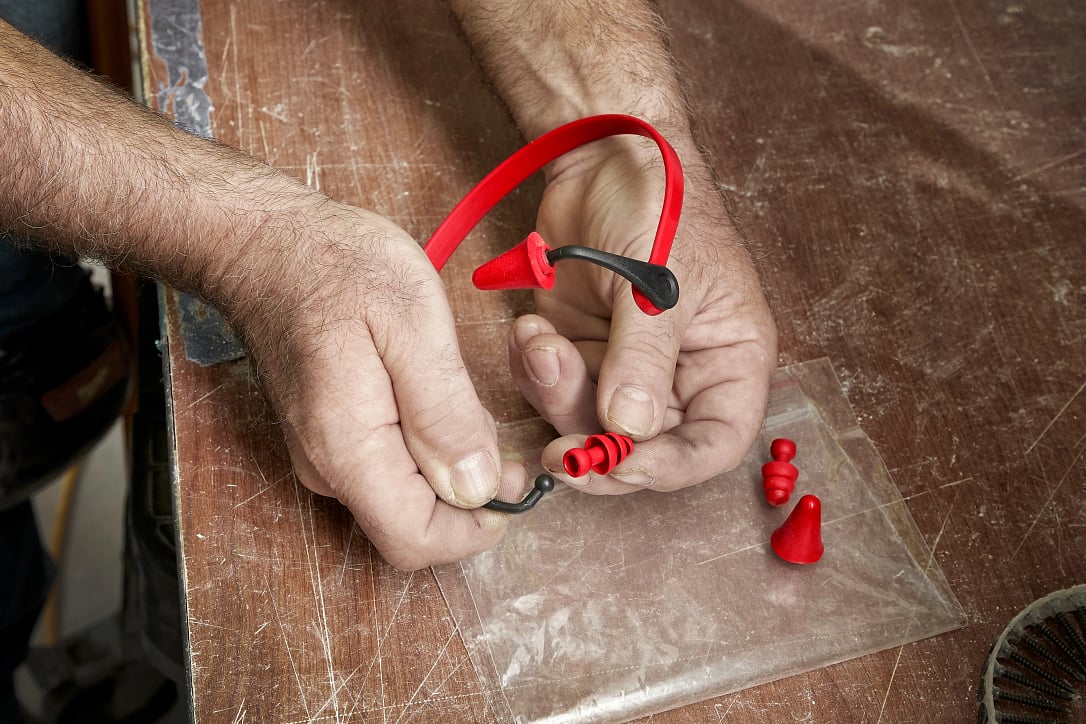
Thankfully, this is often the easiest health issue to address on your average construction site. Requiring hearing protection for all individuals might seem like a hassle, but something as simple as wearing a pair of noise-canceling earmuffs or earbuds can help prevent hearing loss over the course of an individual’s career.
8. Repetitive Stress Injuries
Repetitive stress injuries occur when someone makes the same motion repeatedly over the course of a shift. These can be exacerbated by adding weight to the motion, such as repeatedly lifting and moving building materials. Repetitive motion injuries don’t happen overnight; they occur over weeks or months as the individual works on the same task.
Preventing repetitive motion injuries from occurring on a construction site can be challenging, but there are some ways to approach this problem. Consider implementing automation for repetitive tasks, not as a way to replace human workers but as a way to free up their time to work on more delicate or complex tasks.
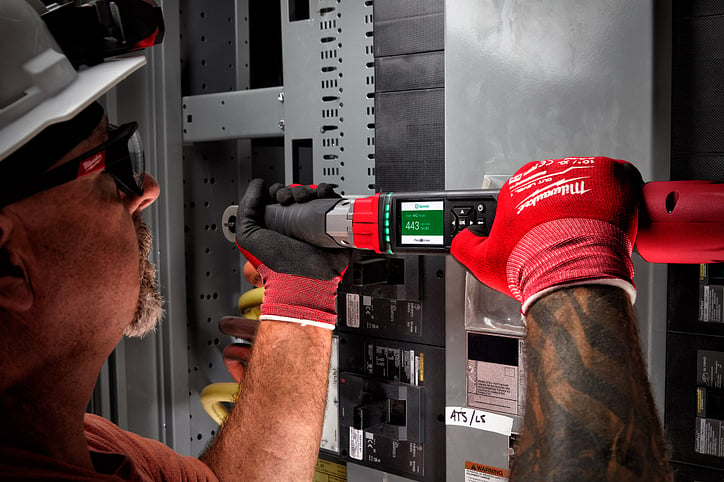
If that isn’t in the cards – or the budget – make sure you’re changing tasks up frequently. Everyone should also be trained to identify the signs of these repetitive stress injuries to ensure they aren’t pushing themselves too hard.
Additionally, advances in smart tool technology have allowed for innovative breakthroughs like the M12 FUEL™ Digital Torque Wrench, which helps electrical contractors install fasteners verifiably to spec while reducing the potential for injury through repetitive movement.
9. Substance Abuse
Mental health crises aren’t the only risks construction workers face. A study conducted by the Substance Abuse and Mental Health Administration (SAMHSA) found that individuals working in construction are at a higher risk for developing a substance abuse disorder when compared to the national averages. For example, 12% of construction workers reported an alcohol use disorder. The national average for alcoholism is 7.5%.
There is no easy way to approach this issue because substance abuse and addiction can be very sensitive subjects. Supervisors need the training to identify signs and symptoms that their employees are working while under the influence. But instead of jumping right to judgment and punishment, consider approaching these situations with a bit more sympathy. Offer resources to your employees to help them get the help they need if they’re struggling with addiction or substance abuse.
Keeping Construction Workers Safe
The construction industry might be one of the most dangerous sectors in the world to work in, but it doesn’t have to be. Take the time to address these health concerns to ensure you’re doing everything in your power to keep your team safe.
This is a guest post written by Rose Morrison, managing editor of Renovated.com